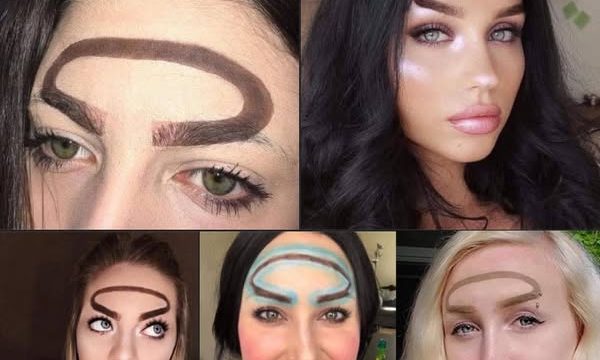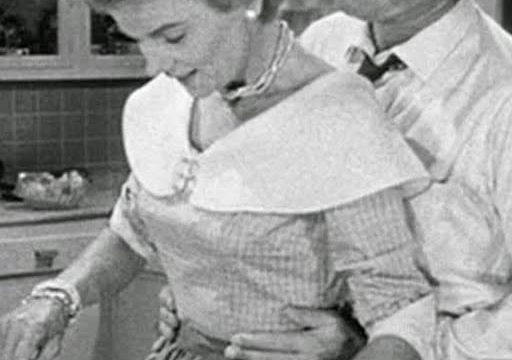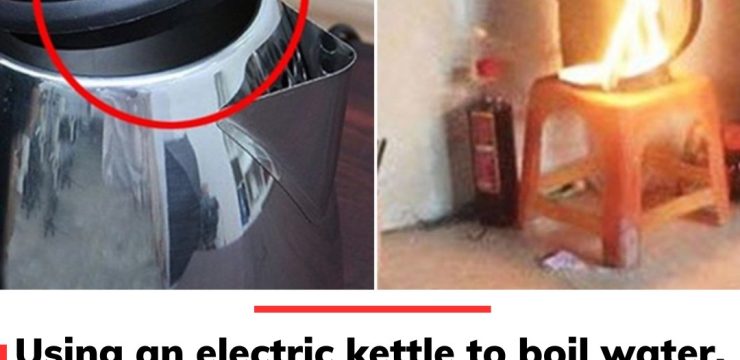As the world tunes in to watch Olympic athletes compete at the highest levels, many fans have noticed something peculiar: dark red circular marks on the bodies of some of the top competitors. These marks, often found on athletes’ shoulders and backs, have sparked curiosity among viewers. What exactly are these unusual blemishes, and why are they so common among Olympians?

This phenomenon was on full display during the Paris 2024 Games, where approximately 6,800 athletes from 205 different teams participated. For many, the red marks were a familiar sight, especially for those who remembered the 2016 Rio Games, where swimmers like Michael Phelps made headlines not just for winning gold, but also for the prominent circles on his back and shoulders.
The answer to this mystery lies in an ancient practice that has become popular in modern athletic recovery: cupping therapy. The marks are not injuries or bruises, but rather the result of this therapeutic technique, which has been used for over 2,000 years in traditional Chinese medicine.
What Is Cupping Therapy?
Cupping involves placing special cups on the skin, where suction is created by using heat or air. This process pulls the skin upward, increasing blood flow to specific areas and leaving behind the distinctive red or purple marks. The marks typically last for several days, and the therapy is believed to help with muscle recovery, pain relief, and even inflammation.
While the exact mechanism of cupping is not fully understood, athletes who use it swear by its benefits. High-level athletes, from swimmers to gymnasts to NBA players, credit cupping with helping them recover from intense training sessions and competitions.
Michael Phelps became an unintentional spokesperson for the practice when photos of him with cupping marks surfaced during the 2016 Rio Games. He, along with other athletes, has continued to promote cupping as a key part of their recovery routines.





